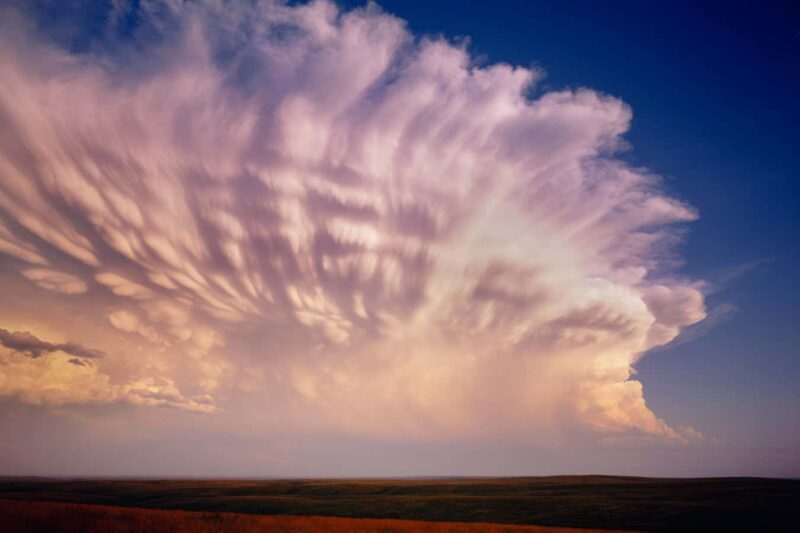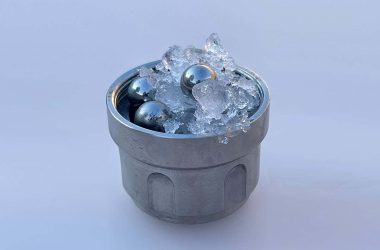Exactly how clouds produce rain is a mystery
Jack Dykinga/naturepl.com/Alamy
Scientists have observed a unique type of ice formation that occurs moments after supercooled water freezes. This discovery has the potential to shed light on the process by which clouds, composed of millions of supercooled water droplets, generate rain and impact Earth’s climate.
Clouds are made up of numerous small water droplets that exist in a liquid state even at temperatures below freezing. However, when these droplets are penetrated by ice particles, a complex and poorly understood sequence of freezing states is triggered. The duration and frequency of these different states are crucial for models that simulate cloud behavior, rain formation, and light reflection in the atmosphere. Unfortunately, they occur rapidly, making them difficult to study.
Researchers, led by Claudiu Stan at Rutgers University–Newark in New Jersey, have now discovered a type of ice that forms within supercooled water droplets, exhibiting both compression and stretching properties similar to a spring in motion. This unforeseen finding required careful investigation and analysis. According to Stan, “It’s something that was definitely unexpected for us. It took us a while to understand.”
To capture this unique ice formation and study the freezing process, Stan’s team conducted experiments in which a stream of water droplets was cooled to approximately -39°C (-38°F) in a vacuum. Using microscopy and X-ray imaging, they examined tens of thousands of individual droplets. Despite having only one image per droplet at a specific stage of freezing, they were able to map out the entire process by studying multiple droplets, similar to watching an animated flipbook.
The researchers discovered that each droplet transformed into a slush ball, with a network of ice permeating the liquid water, before freezing completely from the outside inward. This increased the internal pressure within the droplet, leading to either shattering or water squirting out. In both cases, ice particles were produced that could freeze other droplets. Although these findings provide valuable insights into the ice formation process in clouds, it is important to note that the laboratory environment differs significantly from natural cloud conditions, as noted by Stan.
Stephen Cox, a scientist from the University of Cambridge, points out that the discovery of this strained ice challenges our current understanding at the molecular level. Cox believes that further research in this area will be stimulated, as the molecular mechanisms of ice formation have implications across numerous fields, including climate science and food technologies.
Topics:








